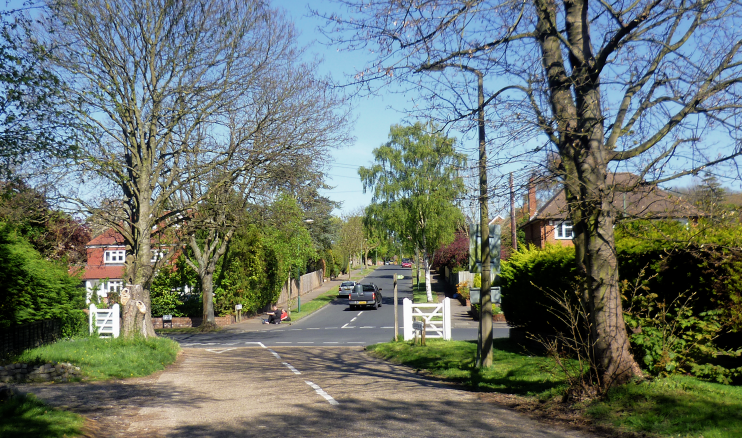Cuddington
Cuddington, Sutton
An exclusive enclave situated to the west of Belmont and bordering the Surrey boroughs of Epsom & Ewell and Reigate & Banstead

The Cuddington name, which refers to a Saxon landowner, may have originated as early as the eighth century. By 1538 the parish had acquired the stone church of St Mary, a manor house and a handful of productive farms. But this was the year in which Cuddington changed forever when Henry VIII acquired the entire manor, obliterated all the existing buildings and commissioned the construction of Nonsuch Palace. The lord of the manor received the priory of Ixworth, Suffolk, in compensation for his loss.
Although Nonsuch was primarily intended as a hunting lodge, it was built and decorated to impressive standards of grandeur that were designed to rival Chambord, the Loire palace of Francis I. Work was just about completed when Henry died in 1547. Nonsuch remained in the possession of the Crown until Charles II gave it to his mistress Barbara Villiers, who demolished the palace in 1684 and sold off the building materials.
Nearly two centuries passed before civilisation returned with the creation of the suburb of Worcester Park at the parish’s northern end, where a new St Mary’s was built in 1867 and rebuilt in 1895. The modern locality of Cuddington, however, lies well to the south-east, where the borough of Sutton juts into Surrey. Wrapped around Cuddington golf course, laid out in 1929, this is one of south London’s most select neighbourhoods. Progressively developed with increasingly grand homes (but no community facilities) over the course of the 20th century, even a bungalow here can fetch well over half a million pounds.
Cuddington is one of the ‘finger parishes’ of Sutton, so-called for their elongated north-south shapes.
Postcode areas: Sutton, SM2 and Banstead, SM7
Further reading: Charles Abdy, A Brief History of Cuddington, Nonsuch Antiquarian Society, 1995
Website: Epsom and Ewell History Explorer
